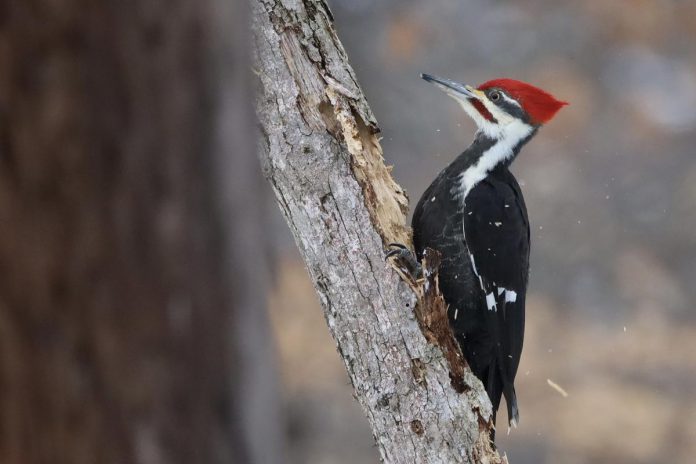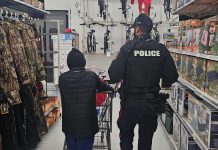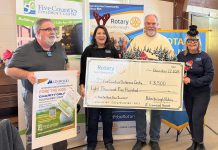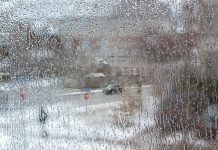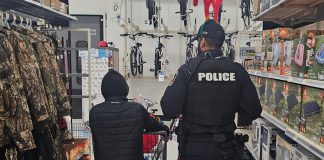
For more than a quarter century, the annual Great Backyard Bird Count has given people the chance to become citizen scientists and help researchers track changes in bird populations over time.
A joint project of the Cornell Lab of Ornithology, the National Audubon Society, and Birds Canada, the Great Backyard Bird Count is back for its 26th year in 2023, beginning on Friday, February 17th and continuing until Monday, February 20th (Family Day).
Volunteers from around the world will count the birds they see for at least 15 minutes on one or more days of the count, and then enter their checklists on the Great Backyard Bird Count website or the eBird website, or using the Merlin Bird ID or eBird apps. For more information, visit the Great Backyard Bird Count website at birdcount.org.
Combined with other bird counts, results from the Great Backyard Bird Count help create a clearer picture of how birds are faring, including whether individual species are are declining, increasing, or holding steady in the face of habitat loss, climate change, and other threats.
“Based on the recently released State of the Birds report, we know that half the bird species in the United States alone are decreasing,” says David Bonter, co-director of the Center for Engagement in Science and Nature at the Cornell Lab of Ornithology.
Produced by the U.S. Committee of the North American Bird Conservation Initiative — a coalition of 29 federal and state agencies, nonprofit organizations, and bird-focused partnerships — the 2022 State of the Birds report sounds an alarm about steep population losses in virtually all habitats.
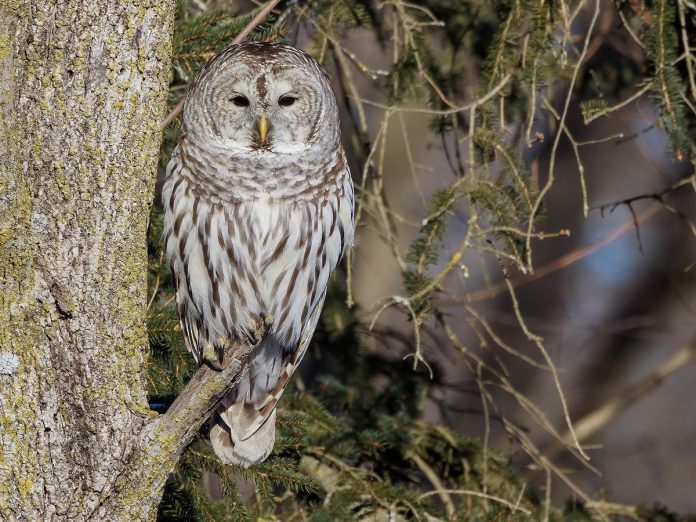
According to the report, three billion birds have been lost from the United States and Canada in the past 50 years, including 70 “tipping point” species that have lost half or more of their breeding population since 1970, and are on track to lose another half or more in the next 50 years.
“We absolutely need the eyes and ears of birdwatchers to give us the big picture when it comes to shifting bird populations,” Bonter adds,
Participation in the Great Backyard Bird Count continues to grow every year, with a record 385,000 people from 192 countries in 2022 submitting checklists reporting more than 7,000 bird species.
“The Great Backyard Bird Count is a stepping stone towards bird conservation,” says Birds Canada president and CEO Patrick Nadeau. “Taking this step in February launches a journey of discovery whether you’re just beginning to learn about the birds around you or an experienced birder watching out for new feathered friends.”
As well as helping researchers track bird populations, participating in the Great Backyard Bird Count is a fun outdoor activity for the Family Day long weekend — and it’s good for you.
“Birdwatching and being in nature can reduce stress and improve your mood,” says Chad Wilsey, chief scientist and vice president at National Audubon Society. “Take a moment over this long weekend to observe, listen to, and count birds and improve your health, too.”
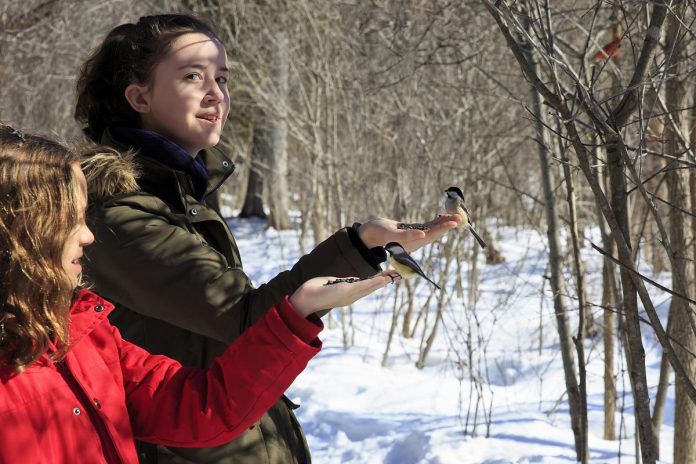
To learn how to participate in the Great Backyard Bird Count, you can also register for a free webinar that will be livestreamed on YouTube from 1 to 2 p.m. on Wednesday, February 15th.
During the live question-and-answer session, experts from Audubon, Birds Canada, and the Cornell Lab of Ornithology will share their tips for making birdwatching easier and more enjoyable for people of all ages and abilities and answer questions about identifying and counting birds and more.
The Great Backyard Bird Count website also has tools and information to help both birdwatching newbies and veterans participate in the count. Find out more at birdcount.org.
While you can simply count the birds you see in your own backyard or in a nearby park, you could also count the birds you see while hiking, cross-country skiing, or snowshoeing (depending on conditions) at one of the conservation areas, wildlife areas, provincial parks, or trails open during the winter in the Kawarthas region.
Here are some of them:
- Birdsall Wildlife Area (1300 Birdsall Line, Otonabee-South Monaghan)
- Darling Wildlife Area (310 5 Line, Otonabee-South Monaghan)
- Fleetwood Creek Natural Area (902 Ballyduff Rd., Pontypool)
- Ganaraska Forest (10585 Cold Springs Camp Rd, Campbellcroft)
- Gannon’s Narrows Conservation Area (1762 Blackpool Rd., Selwyn)
- Harold Town Conservation Area (2611 Old Norwood Rd., Otonabee-South Monaghan)
- Jackson Creek Trail (610 Parkhill Rd. W., Peterborough)
- Kawartha Highlands Provincial Park (106 Monck St., Bancroft)
- Ken Reid Conservation Area (277 Kenrei Rd., Lindsay)
- Lakefield Trail (22 D’Eyncourt St., Lakefield)
- Mark S. Burnham Provincial Park (846 Highway 7, Peterborough)
- Miller Creek Wildlife Area (1225 7 Line, Selwyn)
- Pigeon River Headwaters Conservation Area (445 Gray Rd., Janetville)
- Presqu’ile Provincial Park (328 Presqu’ile Parkway, Brighton)
- Robert Johnston Ecoforest Trails (185 5 Line, Douro)
- Selwyn Beach Conservation Area (2251 Birch Island Rd., Selwyn)
- Silent Lake Provincial Park (1589 Silent Lake Park Rd., Bancroft)
- Squirrel Creek Conservation Area (2445 Wallace Point Rd., Otonabee-South Monaghan)
- Warsaw Caves Conservation Area (289 Caves Rd., Warsaw)
- Windy Ridge Conservation Area (998 Mt Horeb Rd., Omemee)
